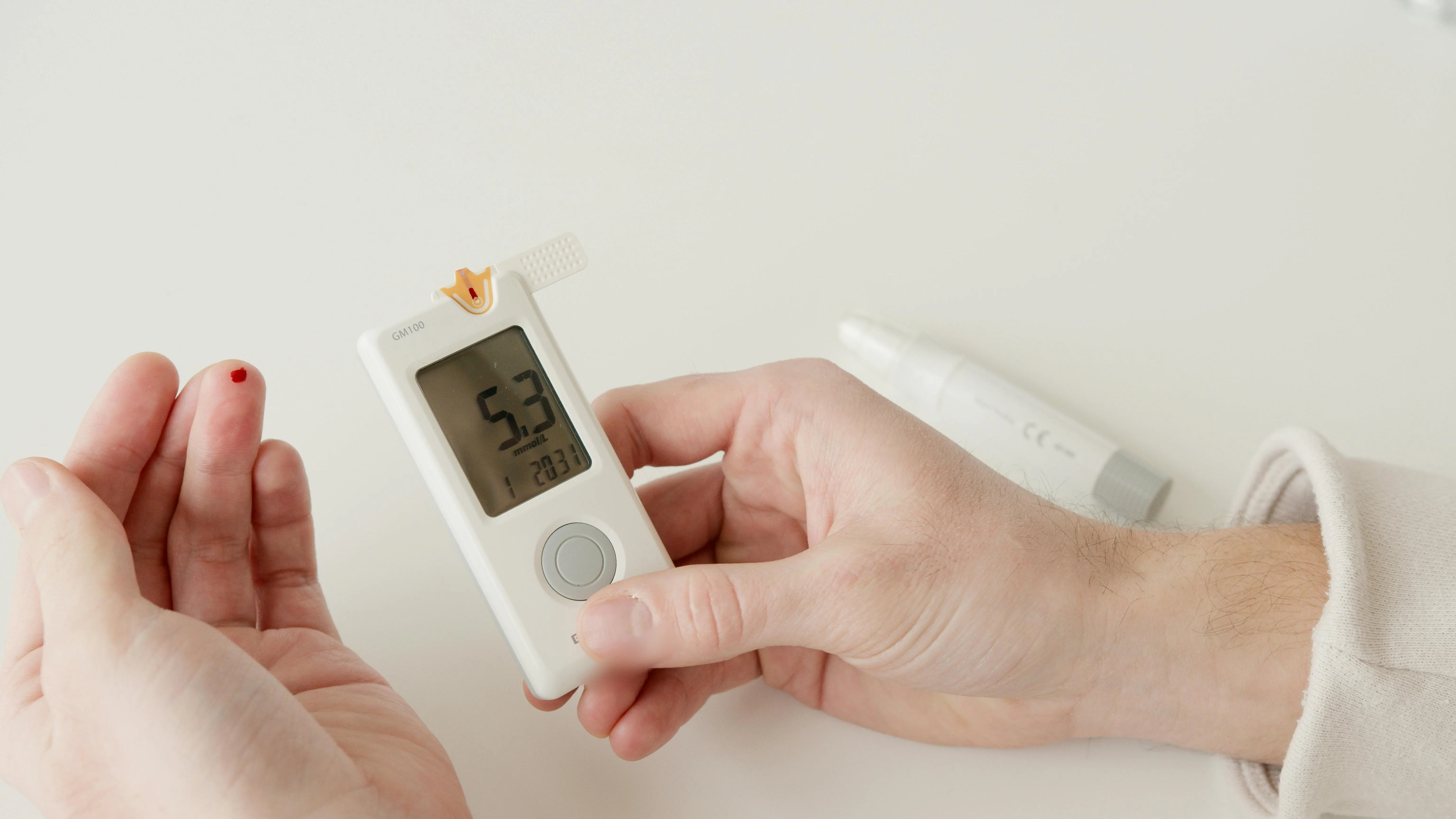In the journey towards optimal health, understanding the relationship between physical activity and blood sugar levels is crucial.

Blog
The Impact of Exercise on Blood Sugar: An Essential Guide
In the journey towards optimal health, understanding the relationship between physical activity and blood sugar levels is crucial. Many ask, Does exercise lower blood sugar? and seek guidance on incorporating exercise into their diabetes management or prevention strategies. This comprehensive guide explores how exercise affects blood sugar levels, the benefits it brings, and tips for safely integrating physical activity into your routine.
Physical activity plays a significant role in managing and stabilizing blood sugar levels. But how does this process work, and why is exercise considered beneficial for people with diabetes or those at risk?
When you exercise, your body demands more energy, and glucose is one of the primary sources it uses to meet this demand. Muscle contractions during physical activity stimulate the cells to take up glucose from the bloodstream for energy, lowering blood sugar levels in the process. This effect can last for hours or even days after the activity, contributing to overall blood sugar management.
Regular physical activity not only helps lower blood sugar levels but also offers several other health benefits, especially for individuals with diabetes or prediabetes.
Exercise enhances the body's sensitivity to insulin, making it more efficient at regulating blood sugar levels. This improvement can lead to reduced need for medication in some individuals with type 2 diabetes.
Maintaining a healthy weight is crucial for diabetes management. Regular exercise helps burn calories and build muscle, aiding in weight loss or maintenance efforts.
People with diabetes are at a higher risk for heart disease. Exercise strengthens the heart and improves circulation, reducing the risk of cardiovascular complications.
Incorporating physical activity into your routine can be simple and enjoyable. Here are some tips for getting started:
If you're new to exercise, begin with low-impact activities like walking, swimming, or cycling. Gradually increase the intensity and duration as your fitness improves.
Keep track of your blood sugar levels before and after exercise to understand how different activities affect you. This monitoring is crucial for preventing hypoglycemia, especially for those on insulin or certain diabetes medications.
Exercise doesn't have to be a chore. Explore different options and find activities that you look forward to. This could be dancing, hiking, team sports, or even gardening.
Proper hydration and nutrition are essential, especially when exercising. Ensure you're drinking enough water and have a small snack if you're exercising for longer periods.
The question: Does exercise lower blood sugar? is met with a resounding yes. Incorporating physical activity into your daily life offers a myriad of benefits, particularly for those managing diabetes. With the right approach and precautions, exercise can be a powerful tool in maintaining healthy blood sugar levels, improving overall health, and enhancing quality of life.
Physical activity plays a significant role in managing and stabilizing blood sugar levels. But how does this process work, and why is exercise considered beneficial for people with diabetes or those at risk?
When you exercise, your body demands more energy, and glucose is one of the primary sources it uses to meet this demand. Muscle contractions during physical activity stimulate the cells to take up glucose from the bloodstream for energy, lowering blood sugar levels in the process. This effect can last for hours or even days after the activity, contributing to overall blood sugar management.
Incorporating physical activity into your routine can be simple and enjoyable. Here are some tips for getting started:
Need Personalized Health Guidance?
Get expert advice tailored to your specific health needs from our qualified healthcare professionals.





